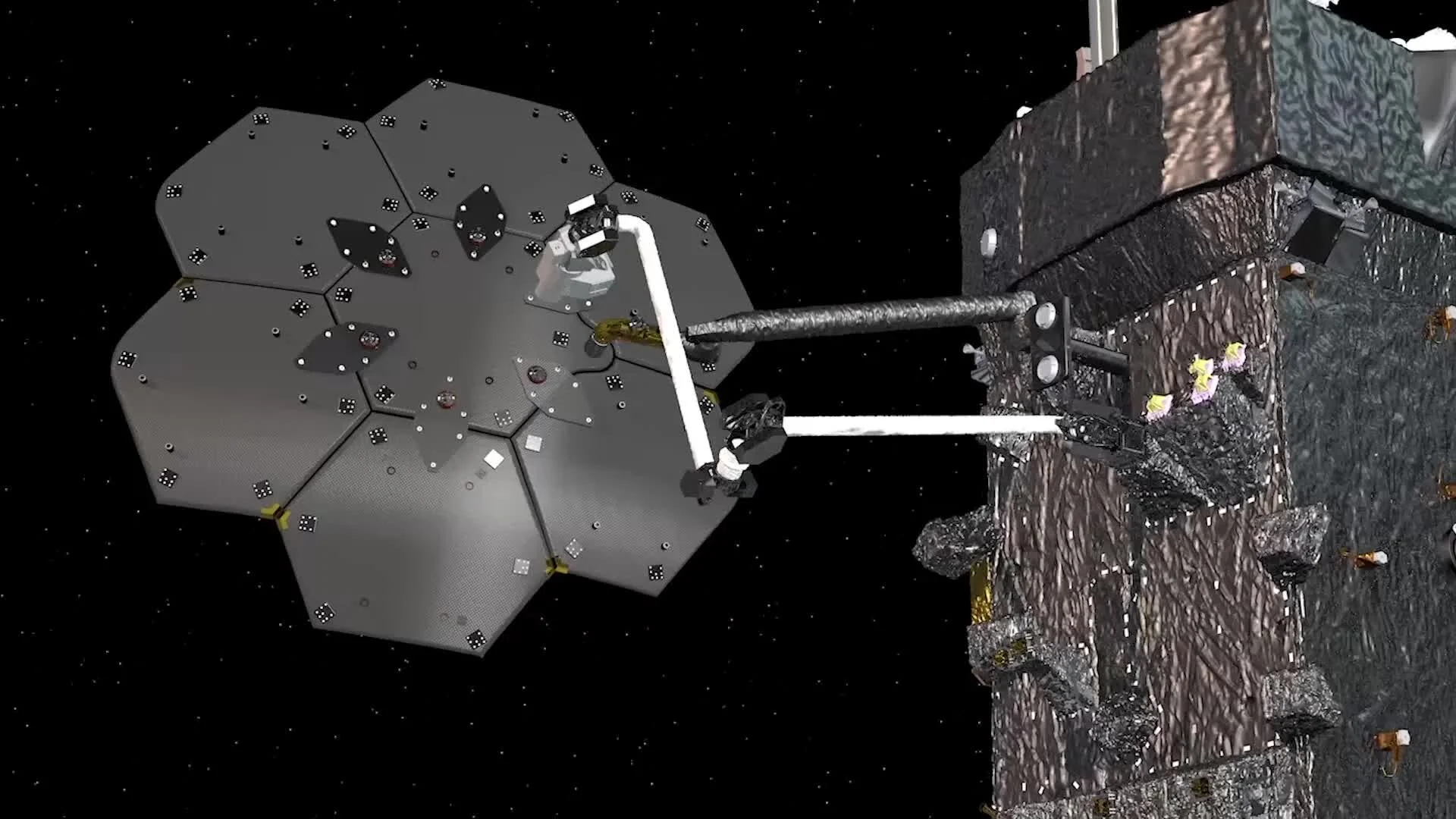Two new in-space manufacturing research missions were recently deployed into low Earth orbit. The missions, MakerSat-1 and Orbital Factory 2, are each housed in 1U CubeSats (10x10x10cm). MakerSat-1 is studying the degradation of common 3D printer plastics in space, and Orbital Factory 2 is demonstrating 3D printing of conductive material, simulating a solder joint repair on a solar array while in microgravity.
Read MoreNASA’s upcoming Restore-L mission will seek to service a low-Earth orbit satellite, bringing it closer to its original state. The spacecraft is planned to launch in 2023, where it will demonstrate autonomous rendezvous, refueling, repairing, and manufacturing tasks. NASA has used public-private partnerships to procure technology payloads for this mission in order to promote industry innovation at low cost.
Read MoreAssembling habitats and structures in space is required for enabling a sustainable human presence in space. Instead of just docking finished modules together like on the ISS, we need to be able to bolt, weld, and cut individual components to build large structures too large or fragile to be launched from Earth. Nanoracks is working to demonstrate the first ever structural metal cutting in space.
Read MoreIn-space manufacturing promises to be a key driver for developing space resource technologies. Building and assembling large structures in space allows the use of efficient designs that don’t require robust structures for the one time g-force requirements of launch. Made In Space has recently proposed a long-baseline interferometer that uses in-space manufacturing techniques for assembling opposing booms up to 50 m (164 ft) in length from a 24U small-sat chassis.
Read MoreSpace manufacturing has been on the horizon for decades without success. However one major hurdle past efforts failed to overcome was obtaining regular and affordable access to low Earth orbit. This capability was expected to be provided by the space shuttle, though it never materialized. In recent years, however, the problem has been reduced due to a rapidly growing set of commercial launch providers. Because of this change, space manufacturing has the potential to rapidly become a reality.
Read More



